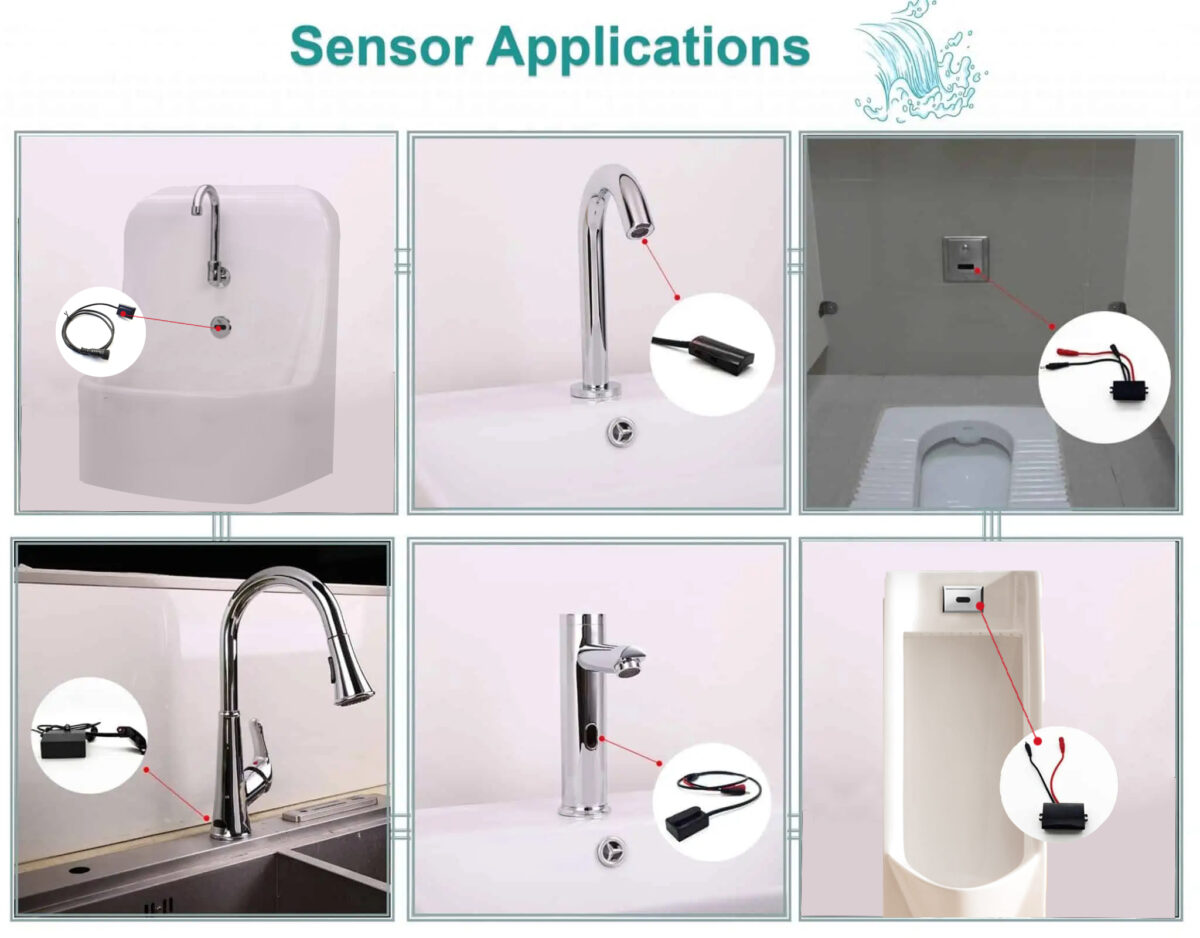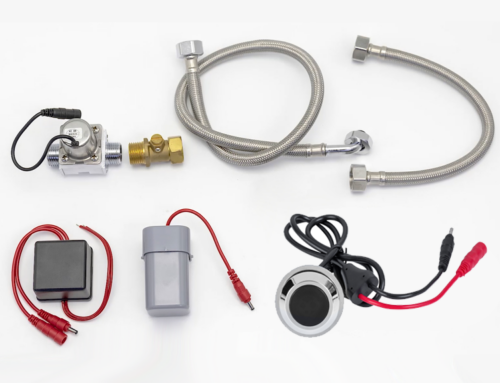Once a futuristic public-space novelty, the sensor faucet has evolved into a modern hygiene staple, blending touchless convenience, water efficiency, and smart connectivity. Its half-century journey, driven by brand innovation, turned basic infrared tech into intuitive fixtures—here’s its story through defining brands.
1. Pioneering Era (1970s–1980s): Touchless Tech Is Born
After World War II, public health concerns spurred demand for cross-contamination-free plumbing fixtures. Sloan Valve Company, a US-based leader in plumbing since 1906, revolutionized the industry in 1974 with the introduction of the first fiber-optic sensor faucet. While it used light transmission to detect hands, it reduced water consumption by 40%, but its bulk and AC power consumption limited it to commercial settings. By 1996, Sloan had refined it into the first mass-produced infrared model, replacing the fiber optic cable with a durable sensor and DC battery (eliminating the risk of electric shock), making it a must-have in American hospitals and airports.
2. Refinement Era (1990s–2000s): Reliability Meets Accessibility
Electronics miniaturization expanded sensor faucets to luxury homes. Finland’s ORAS launched 1990s touchless models that calculated reflected light distance (not intensity), making them 3x more reliable than competitors in busy spaces. Its in-house magnet valve also responded 50% faster, blending function with aesthetics for European hotels.
And our company FUZHOU RAJEYN was established, manufacturing infrared sensors, which was used for sensor faucet, auto urinal flush, auto toilet flush and so on.

3. Mainstream Era (2010s–2020s): From Function to Lifestyle
The 2020 pandemic boosted demand for hygiene, pushing sensor faucets into homes. U.S. giants Moen and Delta led: Moen’s 2010 Motion Sense offered “wave + touch” modes (ideal for messy hands), while Delta’s 2015 Touch2O let users tap the faucet body to activate. By 2020, Moen added Alexa voice control, helping sensor faucets enter 30% of U.S. new homes by 2023.
Florida’s Fontana merged commercial durability with residential design—its stainless-steel faucets had temperature memory and 1.5L/min low-flow aerators (vs. 2.2L/min standard), selling in 80 countries by 2025. China’s JOMOO (20% domestic share) turned faucets into smart hubs: 2022’s M-Series tracked water use via app, set leak alerts, and used AI to adjust flow for rush hours, aiding cafes’ scheduling.
4. Future: IoT & Sustainability
Today’s models focus on resource management. ORAS 2024 Bluetooth faucet lets managers remotely adjust sensitivity; Sloan’s 2025 solar-powered version eliminates batteries.
Conclusion
From Sloan’s 1974 prototype to JOMOO AI faucet, sensor faucets shifted from industrial tools to lifestyle products. As IoT and sustainability lead, they’ll soon monitor water quality and sync with smart homes—continuing to redefine efficiency and hygiene.



-500x383.png)